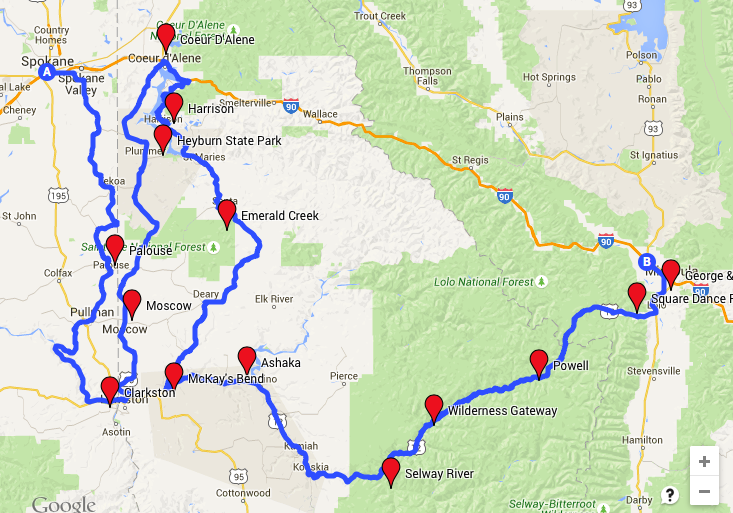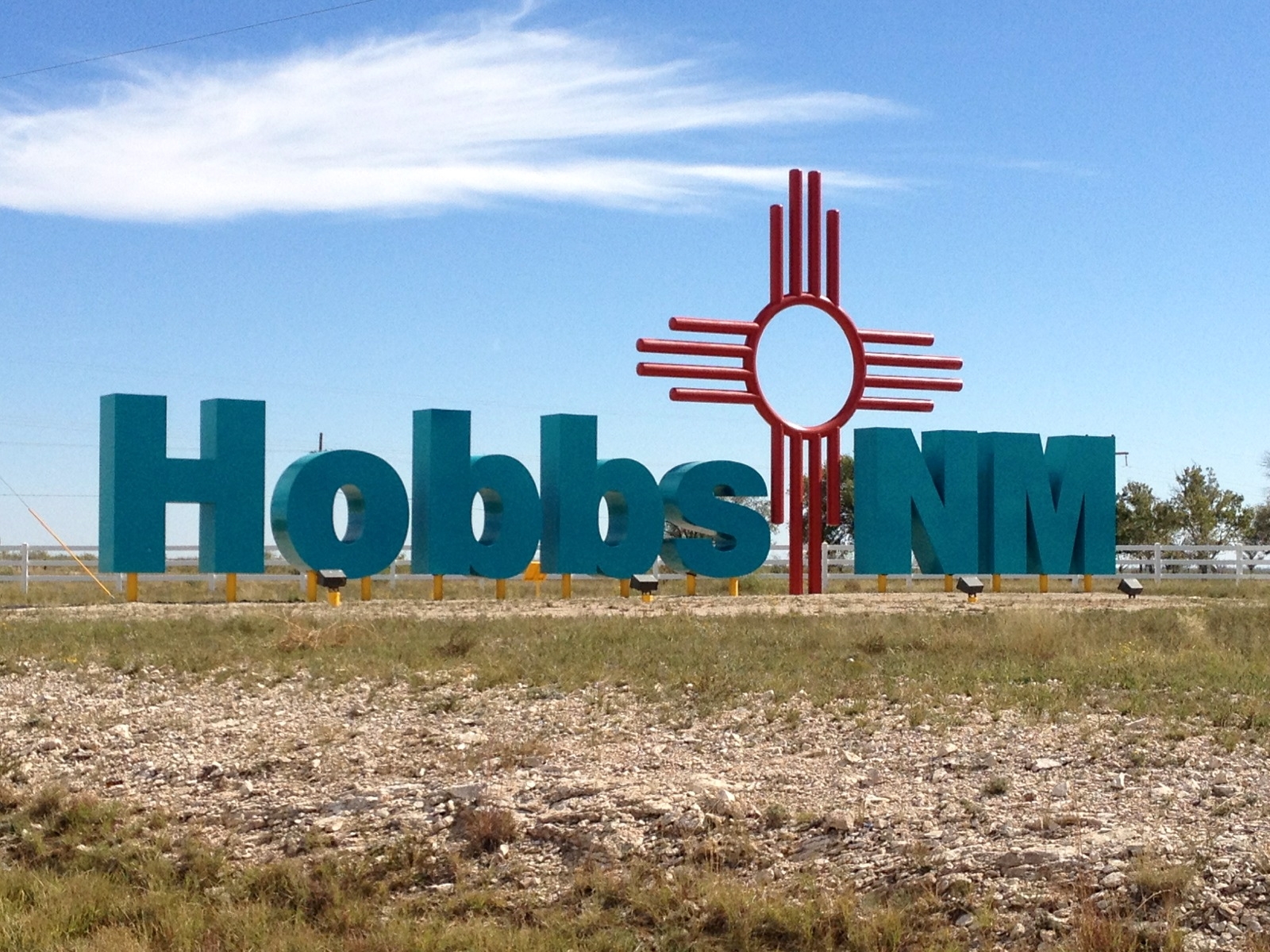I have driven about 5,000 miles this summer, almost all of it in Montana—Big Sky Country. Yes, I have been in places in the state where the horizon is 180 degrees from north to south or east to west, but I can’t help but think that no place is flatter than Hobbs, New Mexico. There you have to go 20 miles or so before you find a draw, arroyo or even an irrigation ditch. And you have to go even farther to see any kind of elevated shapes—mesas or mountains—on the skyline in any direction. It is flat. My driver’s education teacher had to get permission from a family in town that had maybe 10 inches of rise on their driveway so that we could at least get an idea of how you are supposed to park on slopes.
There wasn’t even much height relief provided by trees. The oil camp we lived in had the most and by far the largest, if not the only, trees in town. There were about six houses with green lawns and flowerbeds with no fences separating them, a parking lot for learning to ride a bike that was delineated by a foot-high fence of horizontal pipe that afforded hours of balance practice, a swath of open land behind us that provided a place to dig hideouts and put pennies on the train tracks; a kids paradise. After the company sold the houses to employees to be moved, the large complex became a town park—there already was a good sized playground, a pavilion with large barbeque pits and tables, parking, and of course lots of lawn and shade.
The other elements of the landscape that extended above the rooflines were radio towers. Hobbs was an oil boom town with almost all the businesses involved in drilling or servicing wells—and they each had radio towers to keep in touch with folks in the field. Not a hard thing to do as flat as the country is. We didn’t frequently make the couple hour drive to my Dad’s family in West Texas, but several times returning in the dark I attempted to count the towers with their red lights—the topmost one flashing. As we drove the road into town the perspective would change and I’d get confused with the shifts and not know if I had already counted some. I always quit, but not before getting at least 40 towers and figured that I had counted over half, maybe three-quarters, of them. Looking at one of my favorite web resources, city-data.com, I see that, not counting amateur radio operators or microwave towers or cell phone towers, there are 300 FCC registered radio towers in Hobbs at this date. Progress.
The flatness made bike riding easy, even beyond the edges of town, which my sister and I inhabited a lot. It also helped that there was little soil and lots of caliche, a calcium carbonate formed from mineralized water seeping beneath the surface and cementing whatever is there into a hard, impermeable mass that continues to thicken over time. It is typically just inches below the surface; hard shelves of fairly smooth rock. When town began expanding and people wanted lush lawns some would blast the caliche so that they could bring in topsoil and plant trees and shrubs. Plants had to be pretty special to live in conditions like this. So, that vast, flat landscape was pretty barren in most places; mesquite, creosote, yucca, cacti, a few species of grass, and not much else.
The northeastern edge of the Chihuahuan Desert; a land at 3,600 feet, flat, hot, dry, barren and mostly empty (except for pump jacks).
I love it.
August 30, 2014 — to Grogan. Who would talk to me about any topic on earth; who was brutally honest and exceptionally respectful. Whose life was becoming so difficult for him, yet he still wanted to ease me through mine. I miss you.
And see more:
http://ddl.nmsu.edu/chihuahua.html
For the heck of it:
www.city-data.com/city/Hobbs–New–Mexico.html
www.city–data.com/city/Jackson–Wyoming.htm





Grogan: Ah Bill, you left a huge void.
Also, Louise, could you post a landscape photo of Hobbs?
A big gap—
I don’t have a photo, but am trying to find one! I will definitely post it when I do.